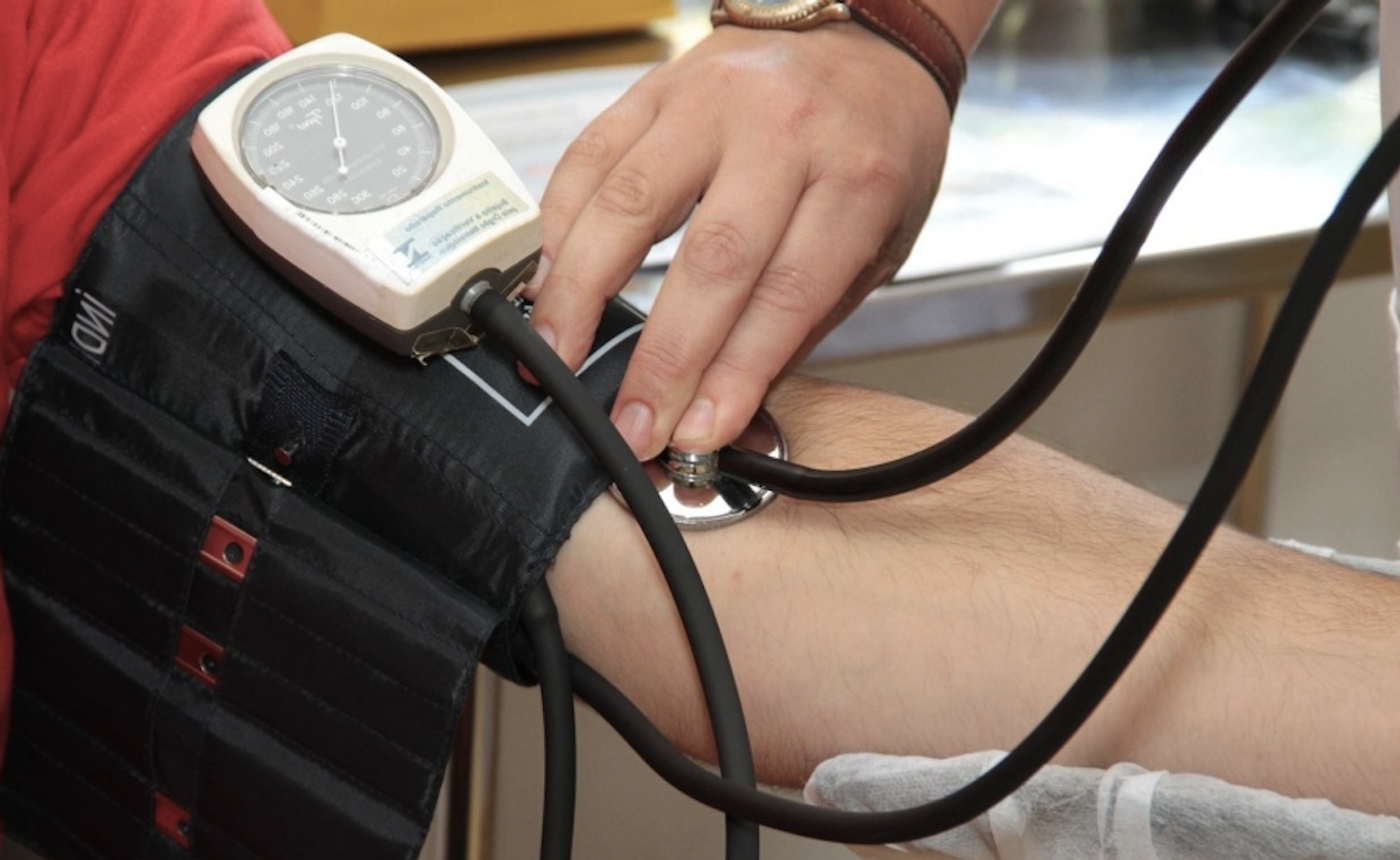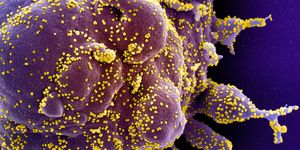Many Doctors Have Used the Wrong Criteria to Diagnose Hypertension
A recent survey has shown that most health care professionals may not be using the current information to screen for and diagnose hypertension. A separate study has suggested that automated office blood pressure (AOBP) monitors might not be good for diagnosing a new case of hypertension. This research has been presented at this year’s virtual American Heart Association's Hypertension Scientific Sessions.
The 2017 Guideline for the Prevention, Detection, Evaluation, and Management of High Blood Pressure in Adults by the American Heart Association/American College of Cardiology recommended that blood pressure measurements that were obtained outside of the clinic, like those obtained with ambulatory blood pressure monitoring (ABPM) devices, should be used before a doctor diagnoses hypertension. These ABPM devices are cuffs that can be easily worn by patients so that multiple readings can be taken over the course of days or weeks, while people are awake or sleeping. Usually, they take readings at regular intervals, like every 30 minutes during the day and every 60 minutes at night, for example. Blood pressure may fluctuate, or for some, their blood pressure may rise slightly in the doctor's office because of stress. These cuffs allow for readings to be averaged while many activities are taking place furing a normal day.
In a survey that evaluated the hypertension diagnostic knowledge of 282 health care professionals from ten medical centers, the researchers found that 79 percent of them thought that a manual measure of blood pressure with a stethoscope is either a very or highly accurate way to assess blood pressure. Over 96 percent of these providers said that they almost always or always used clinic blood pressure measurements to make a new diagnosis of hypertension. If the ABPM is available, however, 60 percent of physicians reported that they would prefer to use it.
"We were surprised that blood pressure measurements taken manually with a cuff and stethoscope was the most trusted method, and most often utilized when making a new diagnosis of hypertension," said Beverly Green, M.D., M.P.H., lead author of the study, a family physician at Kaiser Permanente Washington, a senior investigator at Kaiser Permanente Washington Health Research Institute, associate clinical professor at the University of Washington School of Medicine.
"Additionally, most physicians and advanced practitioners thought the threshold for high blood pressure for 24-hour ambulatory or home blood pressure monitoring was [greater than] 140/90 mm Hg, which does not reflect the updated new ACC/AHA [issued in 2017] or prior hypertension guidelines."
The American Heart Association/American College of Cardiology Guideline for the Prevention, Detection, Evaluation, and Management of High Blood Pressure in Adults stated that hypertension should be defined as 130/80 mm Hg.
There are some cavats with this study. It began before the release of the 2017 guidelines, and 140/90 mm Hg was the criteria used at that time. The sample size in the research is also not large, so hopefully more doctors are using the right criteria than this study indicates. It does, however, highlight the importance of continuing education for healthcare professionals.
Sources: AAAS/Eurekalert! via American Heart Association










